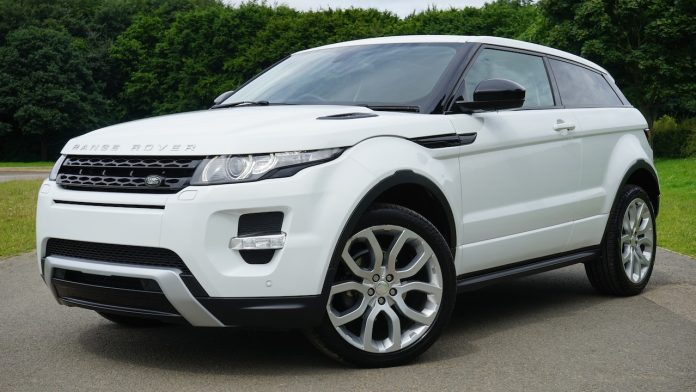SUVs are known as gas guzzlers, and the Range Rover is no different. Over the years, Range Rover has improved its fuel economy with more eco-friendly models, but generally, it is still a thirsty vehicle.
However, there are ways to save on fuel while driving a Range Rover.
About the Range Rover
A 4×4 motor car from Land Rover, the Range Rover, was launched in 1970 in the U.K. The first generation was built as a basic utility vehicle, not the luxury vehicle it is deemed today. The second generation Range Rover was launched in 1995 and incorporated a 2.5 liter BMW six-cylinder turbo-diesel.
The third generation, introduced in 2001, became more upmarket. The fourth generation was released in 2012 and featured an all-aluminum body that reduced 420 kilograms of weight.
The fifth generation, which was revealed in 2021 and officially launched in 2022, has eco-friendly features. An all-electric model is due in 2024.
The brand is moving towards a less fuel-dependent vehicle. However, since most of the Range Rovers on the road still rely on gas, it’s worth knowing how Range Rover drivers save on gas. Plus, it’s also ideal to understand the details of the Range Rover warranty.
Tips to Save Gas When Driving a Range Rover
Gas prices tend to impact lifestyle most during periods of inflation. This is not surprising as transport is a necessity. Here are some tips for Range Rover drivers to save on gas:
1. Avoid Overspeeding
Part of the fun of driving a luxury vehicle is that it is designed for speed. What’s the point of driving a Range Rover if you can’t enjoy its speed? But to save on gas, you’d have to drive at the lower end of the speed limit–if you can help it.
Speeding, accelerating, and hand-braking use up more gas. The rule of thumb is that gas mileage decreases when vehicular speed is above 50 miles per hour. Also, it’s not just about speed; it’s also about your acceleration. Step on the accelerator slowly when you are at a stop sign and the traffic light changes.
Similarly, you should also coast to a stop, if you can, rather than step on the brakes.
2. Limit Idling
If your car is going to be idle for some time, you’d rather turn it off. Parking, while the car is still running is just an impractical way to consume gas. One of the most common examples of wasting gas is when you go to a drive-thru and the line is long. Instead of idling slowly through the queue, you can park the car and go inside the restaurant to order food. You are not just saving gas this way, you are also keeping yourself active.
Since Range Rover is a large vehicle, it uses up a lot of fuel when running, even in park mode.
3. Use Cruise Control
Cruise control is a nifty feature that allows you to take your foot off the accelerator when you set your car at a specific speed. Since your foot is not on the accelerator, you won’t use up a lot of gas. It also gives your foot a break when on long drives.
Modern vehicles have cruise control features. You can usually engage it through a button that’s on the steering wheel. If your Range Rover cruise control says it is not available, it must be due to the accumulation of dirt or snow within the sensor.
4. Maintain the Vehicle Properly
Keeping your Range Rover in tip-top shape improves fuel efficiency. Preventative maintenance is recommended to ensure the car remains in good condition. Here are some of the things you can do:
- Make sure tires are not worn down and have the right pressure
- Check regularly for deterioration on the rubber of the gas cap to prevent fuel evaporation
- Change the oil regularly
- Replace the air filter regularly
- Ensure spark plugs are working well
Conclusion
Range Rover is one of the best luxury vehicles in the market today- with a super-comfortable inside and beautiful exteriors. More importantly, the performance is top-notch and provides a fantastic driving experience.
You will enjoy your Range Rover more if you can save on gas too. So, ensure your car stays in good condition and drive it properly to enjoy the experience without hurting your bank account.



 Bitcoin
Bitcoin  Ethereum
Ethereum  Tether
Tether  Solana
Solana  XRP
XRP  USDC
USDC  Cardano
Cardano  Lido Staked Ether
Lido Staked Ether  TRON
TRON  Avalanche
Avalanche  Toncoin
Toncoin